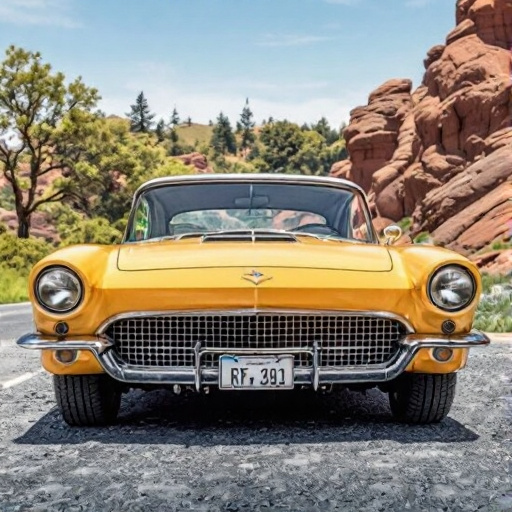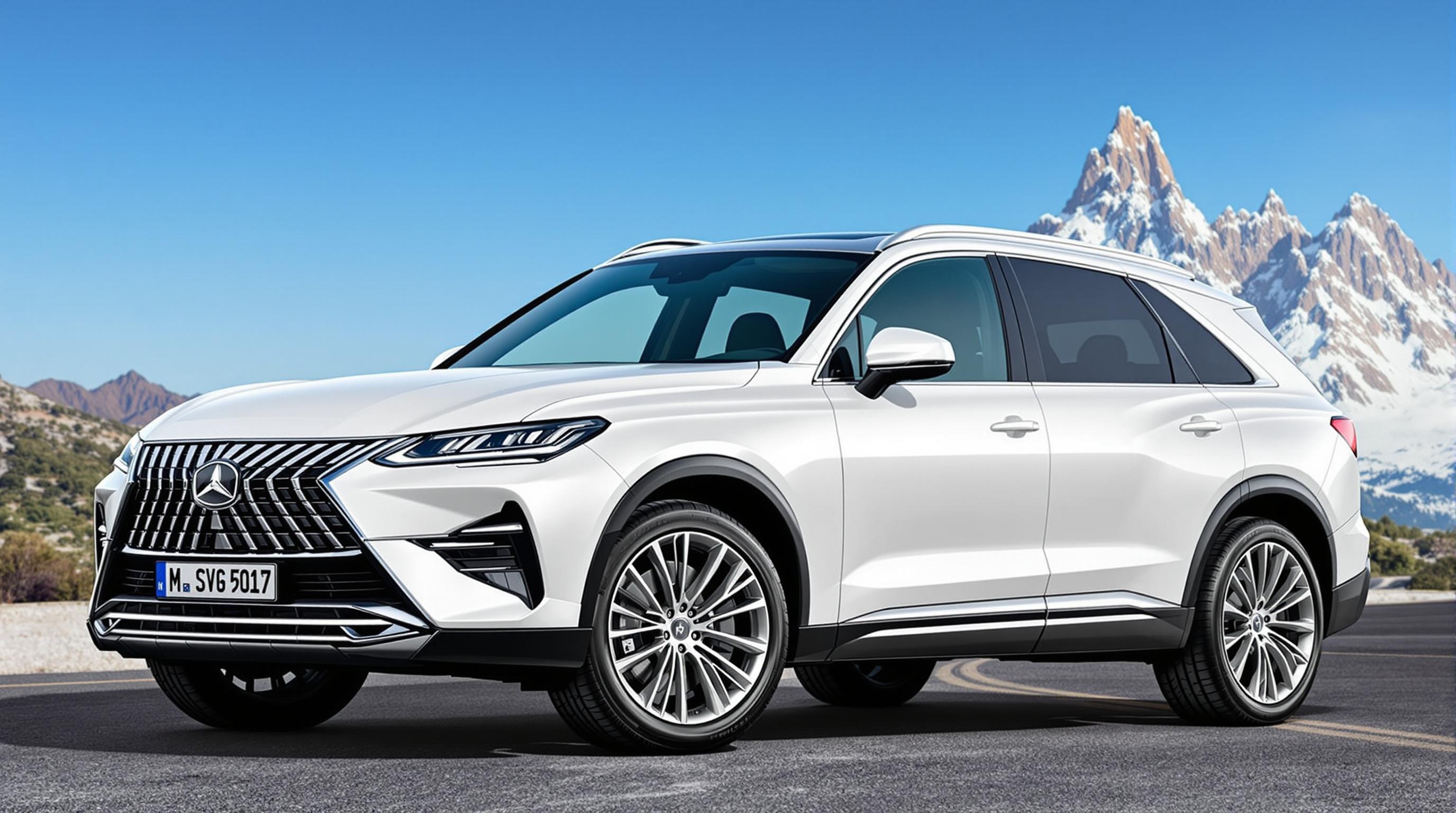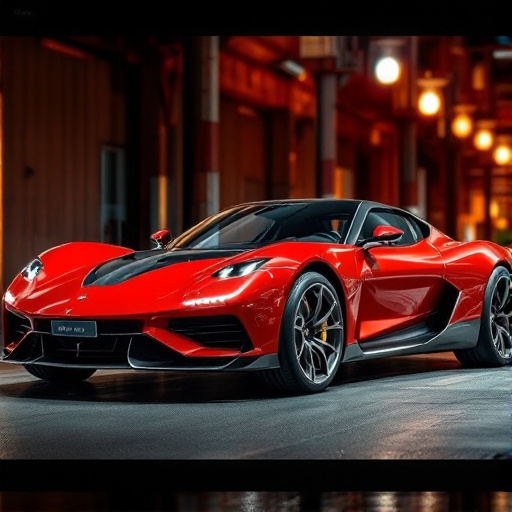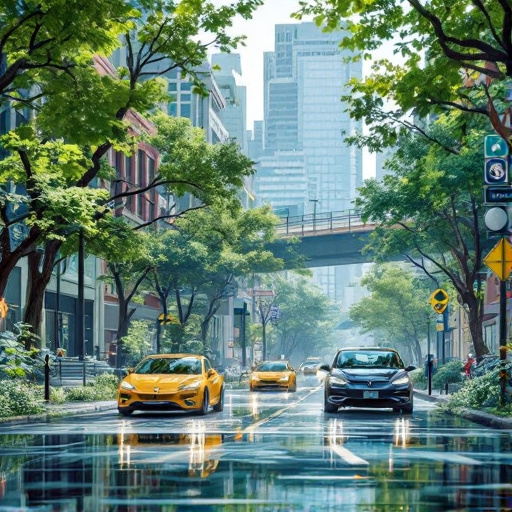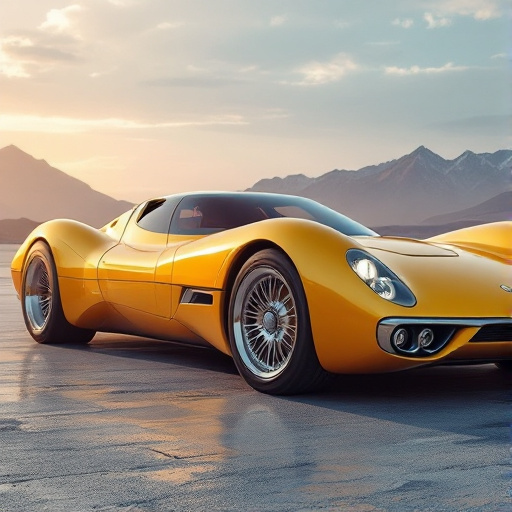Related Articles
- Charged Up! How Electric Vehicles are Reshaping Urban Wildlife Habitats and Biodiversity
- Navigating the Used Car Market: Uncovering the Secrets of 'As-Is' Sales for Savvy Buyers
- The Rise of Electric Car Pop-up Shops: A New Frontier for Urban Retail Experiences
- The Forgotten Art of DIY Car Maintenance: Rediscovering Skills in a Tech-Driven World
- Electric vs. Vintage: The Battle for Enthusiasts' Hearts in the Age of Latest Car Models
- The Rise of the 'Car Review Influencer': How Social Media is Shaping Auto Buying Decisions
Electric vs. Classic: The Surprising Resurgence of Vintage Cars in the Era of Latest Electric Models
Electric vs. Classic: The Surprising Resurgence of Vintage Cars in the Era of Latest Electric Models
The clash between electric vehicles (EVs) and vintage cars might seem like a brilliant metaphor for progression versus nostalgia, but an intriguing phenomenon is unfolding: classic cars are experiencing an unexpected revival even as the automotive industry goes electric. As enthusiasts celebrate the unique charm of these pre-existing models, a conversation ensues about what defines a vehicle’s worth in an era increasingly dominated by innovation and sustainability.
Electric Evolution: Trends and Triumphs
To understand the resurgence of vintage cars, it’s crucial to first appreciate the meteoric rise of electric vehicles. According to the International Energy Agency (IEA), global sales of electric vehicles reached 6.6 million in 2021, a figure expected to nearly triple by 2025. Public perception of EVs has shifted, as they now represent cutting-edge technology, modern environmental consciousness, and a trendy lifestyle.
A Love Letter to Vintage Cars
Imagine cruising down a tree-lined highway in a deep red 1965 Ford Mustang. The sound of the engine roaring, the wind in your hair, and the sight of envious onlookers are intoxicating. There’s an undeniable charm in classic cars that electric models struggle to replicate. These vintage gems don’t just serve as vehicles; they embody history, artistry, and passion. As the renowned classic car collector Jay Leno once claimed, “You don’t buy a classic car; you adopt it.”
Conundrum: The Dual Identity of Modern Drivers
Interestingly, today’s drivers often find themselves at a crossroads, bifurcated between the allure of vintage driving experiences and the conveniences of electric mobility. A survey conducted by CarGurus revealed that 77% of car enthusiasts confess to having a deep affection for classic cars, while another 66% believe EVs should be favored for environmental reasons. This juxtaposition creates a unique duality; it begs the question: Can lovers of vintage cars embrace the EV wave, or is this an entirely separate passion that persists through time?
Stories from the Road: Classic Cars in Modern Times
Let’s explore a few different stories that reveal how vintage cars still capture the imagination. Meet Jacob, a 23-year-old car enthusiast from Ohio who enjoys restoring classic cars as a pastime. “There’s something about taking a rusted piece of metal and breathing life into it,” he explains. He reveres the simplistic mechanics that older cars provide — a quality often lost in today’s sophisticated technology systems. Jacob’s 1970 Chevrolet Chevelle is a constant reminder that identity and sentiment matter when it comes to automobiles.
Statistics and Considerations
A fascinating pointer is the appreciation in value that classic cars have witnessed over the years. According to the Historic Vehicle Association, the classic car market saw a growth rate of 15% annually in the past decade, with some particular makes and models reaching all-time highs in auction prices. This unexpected investment angle shook hands with nostalgia, proving that vintage cars can be fiscally viable too!
A Humorous Take on the EVs vs. Classics Debate
And then there’s the humor found in the generational divide surrounding cars. An 18-year-old may Kardashian-ize their electric Tesla with unique wheels and state-of-the-art lighting, while their boomer parents reminisce about how their Ford Pinto once drove them cross-country with only two working cylinders. “At least it had character!” they might exclaim, only to be met with a massive eye-roll from their child.
The Value of Heritage and Authenticity
Yet, there’s more than just a comedic contrast at play. The yearning for authenticity drives many of us to vintage automobiles. As society becomes increasingly digitized, the craft of restoring a classic car or the experience of driving one feels organically real. The artisanal craftsmanship found in a 1956 Chevrolet Corvette – from its hand-stitched leather interiors to its timeless design – speaks volumes about creativity and heritage.
Can Electric Innovations and Classic Beauty Coexist?
The industry is subtly changing to accommodate this passion. Companies are emerging to blend vintage aesthetics with modern electric technology. For instance, in 2020, an innovative company named Everrati began converting classic cars like the Porsche 911 into electric versions while retaining the authentic essence of the car. This intriguing marriage of old and new excites collectors while keeping up with environmental standards — perhaps a win-win scenario.
Persuasion: Why Embrace Both Worlds?
Why can’t one love the electric innovations of today while simultaneously honoring the classics? Imagine a future where weekend joy rides are powered by electricity but evoke the same emotional response as vintage vehicles. It’s a perfect fusion. Drivers would appreciate the silent hum of electric motors while also having the option to tinker with the mechanics of a-classic car on alternate days.
Electric Conversion Projects Are All the Rage
The appeal of electric conversions has witnessed significant traction. A case study conducted by the University of Michigan revealed that traditional car enthusiasts see value in electric-powered classics due to factors such as lower emissions, fuel savings, and lack of engine wear. Traditionalists are transforming their favorite vehicles into eco-friendly options without compromising on style or character.
Social Media and the New Age of Classic Car Appreciation
Today's technology has fostered a community around classic car appreciation. Platforms like Instagram and Pinterest allow enthusiasts to celebrate and share their restorations with a global audience. With hashtags like #classiccars and #vintagevehicles, individuals can showcase their love for the vintage aesthetic while mingling with fellow enthusiasts, leading to new friendships and collaborations. In essence, the digital age doesn’t hinder passion; it amplifies it!
Conclusion: The Road Ahead
The automotive saga of electric versus classic is a continuous exploration of identity, nostalgia, and technological advancement. While vintage cars continue to garner love and investment, they can peacefully coexist with the modern electric wave that's reshaping the industry. The coming years will likely see a rich tapestry of both electric vehicles and classic cars, as enthusiasts craft a narrative that blends both worlds. Let us celebrate this eclectic dualism as both the new and the old spark joy on our roads!
So now, the question stands: Are you Team Electric or Team Classic? Or perhaps, just perhaps, you’ll find yourself driving a little bit of both!
